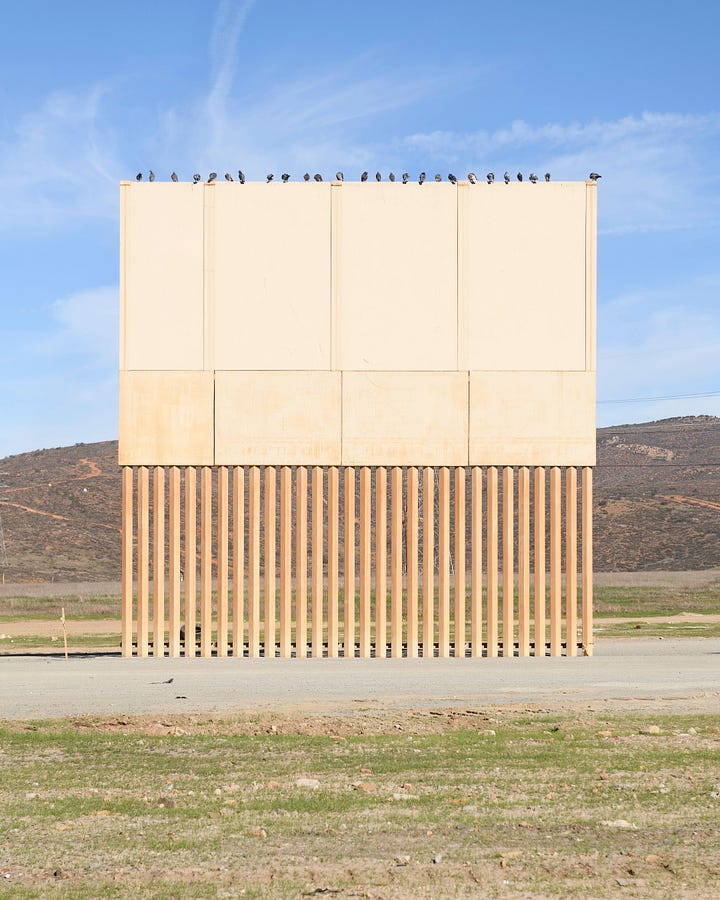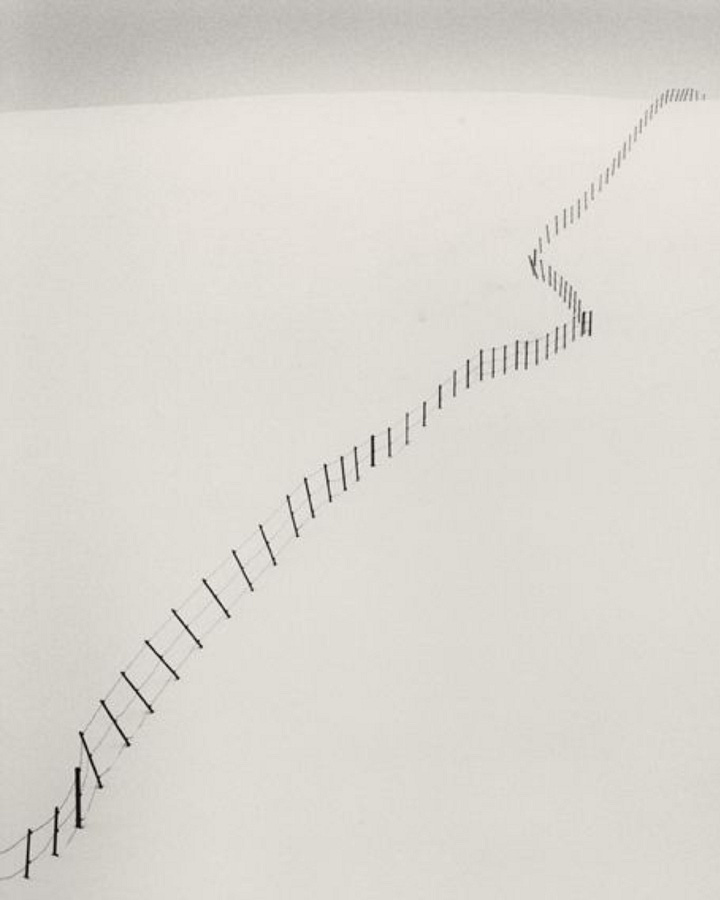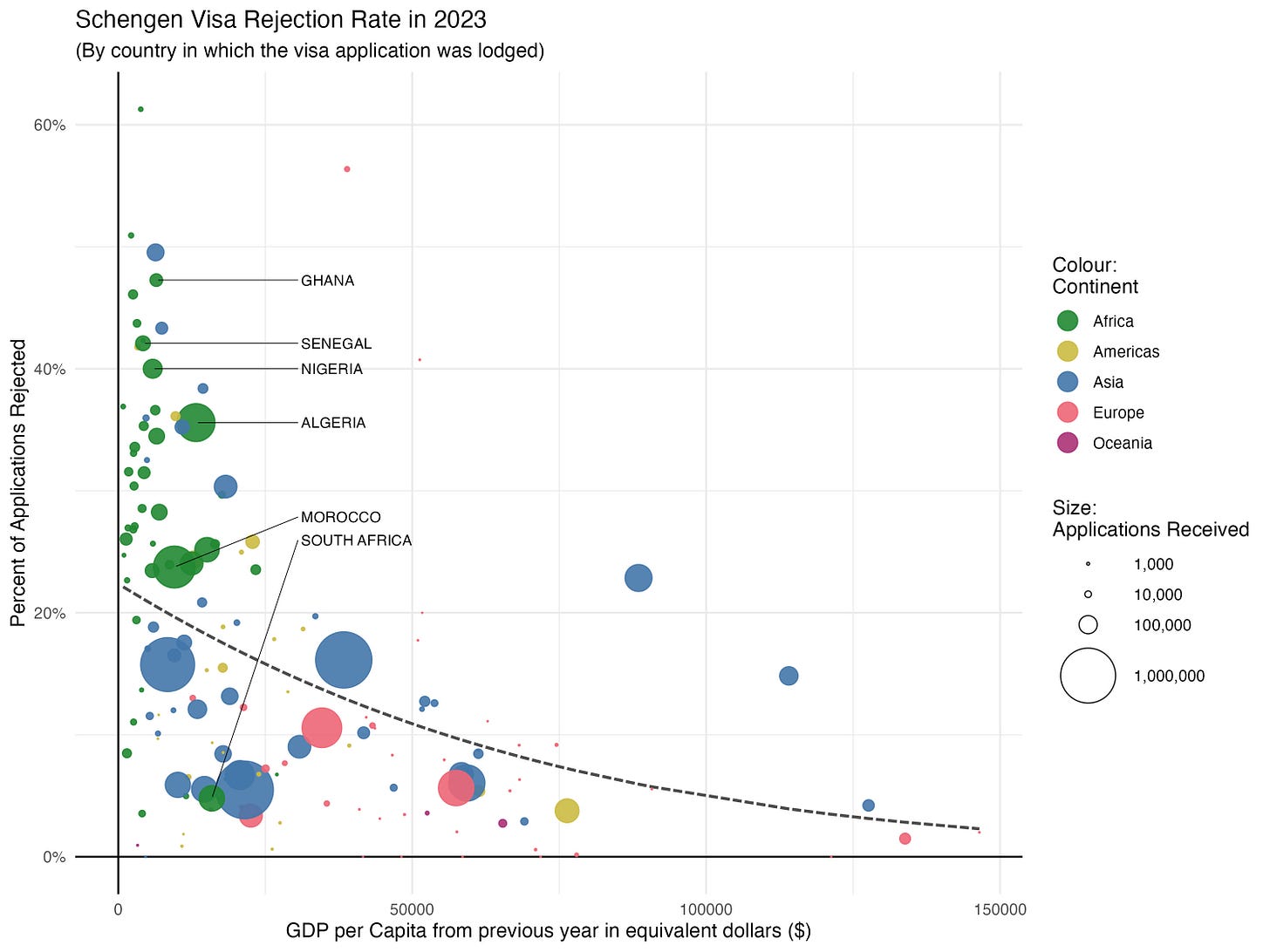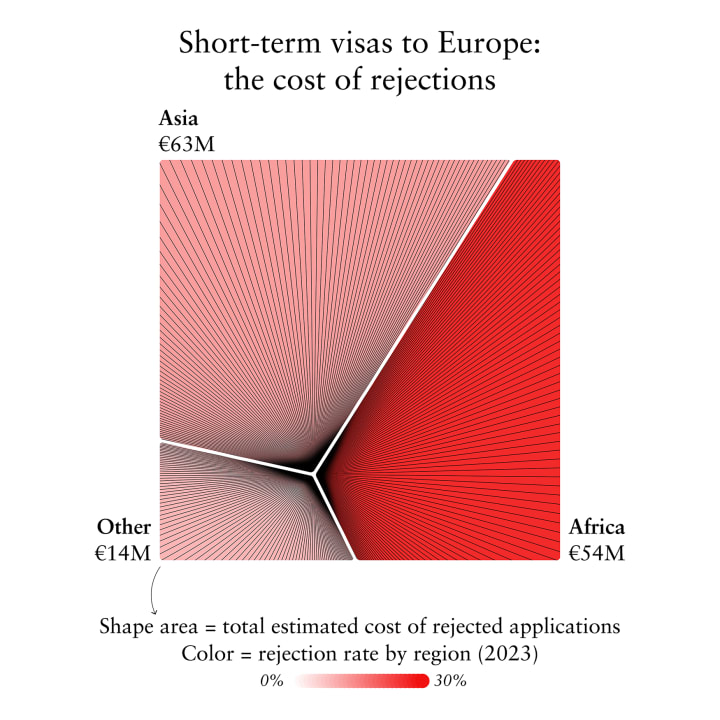I am writing this on a train to Turin, on my way to meet my friend and fellow LAGO traveller Federica Fragapane, one of the most talented designers I know. It is through collaborating with Federica, ever since we first met in 2020, that I learnt about the power of design to create knowledge. Not just to represent knowledge, or to ‘tell a story’, but to actually reframe the way we think about the world that surrounds us, especially when confronted with complex challenges that require new and different kinds of solutions.
Are borders a matter of design?


I believe that design can help us understand and work with the reality of the global movement of people , and I am not alone. The 2025 edition of the Prada Frames Symposium organised by Formafantasma during Milan Design Week focused on issues of transit and infrastructure; not only were borders and human mobility central to the agenda, but it was one of the themes attracting the most media attention from the mainstream press to specialised design platforms.
In some ways this is hardly surprising – migration continues to dominate the news and the physical infrastructures of borders have long been an area of interest and engagement for architects and designers alike: walls, fences, maps and surveillance are obstacle to movement intentionally designed, engineered even, to separate us across borders. There is also an awareness that (good) design can help mitigate the often inhuman impact of these infrastructures.
Yet not all borders are physical: imaginary, mental borders matter just as much. And this is very much what is at play in political debates about immigration: how to patrol and ignite mental barriers like fear and suspicion dividing ‘us’ on one side and ‘them’, the ‘others’, the ‘unwanted’ on the other. Erecting these imaginary borders in the hearts and minds of the public, of the voters, is what fuels the panic and polarisation of much migration debates, especially in the so called ‘west’, from the US to Germany, the UK and beyond.
These imaginary and mental borders are also a matter of design, in different and often unexpected ways. They are at times even a matter of lack of (intentional) design or design thinking in policy formulation. Here is an example: take a visit, a short trip to see a friend or family member or to attend a business meeting. If this visit requires crossing a border, the chances are, depending on the passport you hold, that you will need permission to move . While visa systems are in principle meant to pragmatically facilitate and regulate such short term visits, in reciprocal and fai manner, in practice they have turned into dystopian and unequal regimes making it almost impossible for many Africans and Asians especially to travel even when invited: to speak at a conference, or play at a gig, to visit a friend.

Visa regimes were never designed to be unequal: to the contrary, sensible policy and design thinking would imply a reciprocal a predictable framework to ensure the smooth running of international travel, business, music festivals and art biennales. In the absence of such design thinking the frenzy and paranoia that surrounds anything related to the movement of people has resulted into this unpredictable, dysfunctional and deeply unequal state of affairs causing immeasurable harm not only to those who cannot move, perform, contribute , visit but to everyone involved : conference and festival organisers, the tourism industry, the cultural and creative economy in so many countries.
To bring the message home and help create a different narrative around the much needed movement of people through short term business and visitor visas we have asked talented designers Federica Fragapane and Tiziana Alocci to help us tell this often overlooked story through the sounds and shapes of visa inequality. In this way we intend to leverage the full power of design to create new knowledge and awareness on the unintended effects of draconian migration policy and poorly thought through visa governance systems.


There is more to design than a nice lamp or (yet another) chair, as design guru Emilia Terragni, Associate Editor at Phaidon Press, always reminds me. Increasingly, designers are concerned with addressing complex societal, environmental and economic challenges, from tackling over consumption to reforming the welfare state and reducing pollution in our car infested cities.
Yet if you ask most policy makers and policy analyst what they know and think about design they may think you are trying to be a little too cool. While the language of design thinking has entered the policy discourse and jargon, there is very little of it going on in practice and the design and policy community rarely cross path. Opportunities to come together, let alone collaborate and co-create, are too few and far between. With LAGO Collective we are trying to close this gap.

